The domain of art criticism is a vibrant one, rich with myriad perspectives and voices. It is a prism through which we apprehend and interpret artistic expression, exploring its intricacies and latent meanings, while also considering its aesthetic and technical merits. In the modern era, art criticism has extended its reach, carried by the wings of media to myriad audiences. The media, with its traditional and digital arms, shapes and occasionally guides this critique, the balanced discourse of which can illuminate the profundity of a piece of art or decimate its value. The power of critics, influencers extraordinaire, further charges this landscape by bending public opinion and impacting the art market. However, this dynamic field is fraught with its own challenges and debates, be it around the lack of diversity or the effects of social media on quality and range of critique. With the constant flux in technology and communication strategies, the future of art criticism in media is a fascinating narrative yet to be fully unraveled.
Understanding Art Criticism
Understanding Art Criticism
Art criticism is a practice that involves the interpretation and evaluation of works of art. The primary aims are not just to critique art from a personal perspective, but to delve deeper into the meaning, significance, and value that works of art possess. It is a means to explore, understand, and appreciate artworks better.
Broadly speaking, art criticism follows the four steps: describing what you see, analysing the relationships between what you see, interpreting the meaning, and judging whether it is a successful piece of work or not. This methodology, known as the Feldman’s method after its developer, Edmund Burke Feldman, serves as a stepping stone for anyone looking to engage in art criticism.
It’s also essential to comprehend that art criticism is inherently subjective. Different critics often bring various perspectives, interpretations, and judgments to an artwork due to their different backgrounds, beliefs, and values.
Art Criticism in Media
Art criticism in media is perpetuated through various platforms – print, television, radio, digital media and now increasingly social media. It is here that art critics deliver their critiques, appraisals, and interpretations of different works of art to the public, thus shaping a discourse around art in public space. Such public criticism helps build an art ecosystem by creating conversations, debates, and discussions around art.
It can range from simple reviews of exhibitions, in-depth analytical articles about specific artworks or artists, to academic essays exploring broader art movements or themes. A notable example is BBC’s ‘The Culture Show’, which dedicates a portion of the program to art criticism, exploring current exhibitions and interviewing artists.
Methods and Approaches in Art Criticism
The methods and approaches to art criticism are as diverse as the artworks they analyse. There’s formalist criticism that focuses on form, colour, lines, and design, evaluating an artwork based on their aesthetic properties. Then, there’s contextual criticism that takes into account the social, economic, political, and historical context behind an artwork, treating an artwork as a product of its time and place.
Marxist criticism, psychoanalytic criticism, feminist criticism, post-colonial criticism – the list goes on, all of them bringing different lenses to interpret and evaluate artworks. The choice of method depends mostly on the critic’s personal preferences, the demands of their audience, and the nature of the artwork itself.
The Importance of Art Criticism
Art criticism plays a crucial role in deciphering art, enabling a richer public comprehension of the same. Its capacity to challenge perceptions, stimulate thought, and catalyse debate can lead to a deeper understanding and appreciation of art.
It also lays down a historical record, documenting the growth of art and providing enlightenment on the cultural trends of different eras. By evaluating and making sense of art, critics contribute significantly to the dialogue of culture, promoting a rich and diverse artistic landscape.
Last but not the least, art criticism could have tangible effects on artists, aiding them to earn recognition, encouraging their growth, and in certain instances, affecting their marketability. Thus, despite being a subject of both praise and controversy, art criticism forms an integral part of the art world.
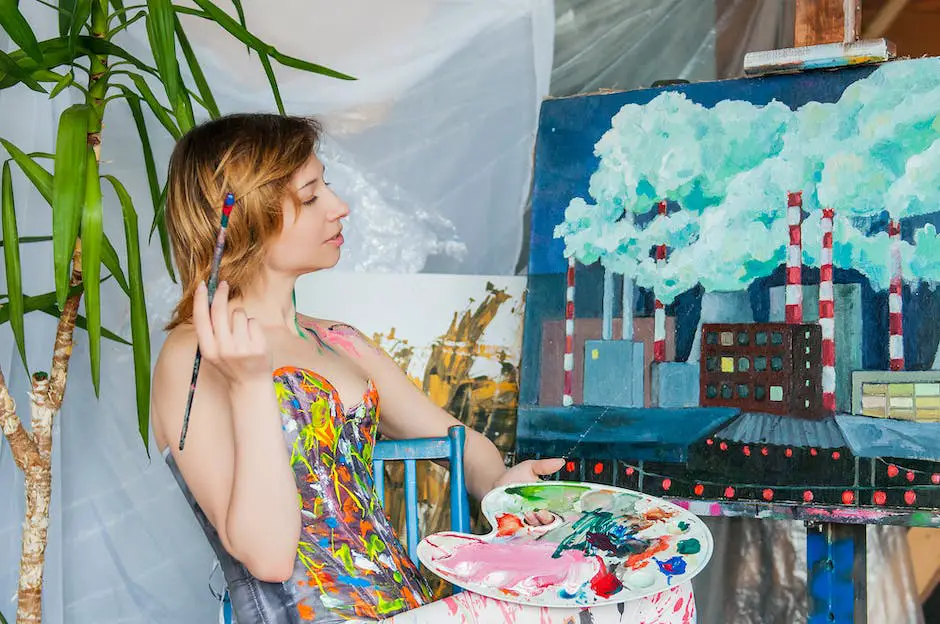
Art Criticism and Media
The Media: A Conduit for Art Criticism
Art criticism, a vital component of the cultural conversation, provides a stage for dialogue, scrutiny and comprehension of artistic endeavours. In this regard, media platforms – both traditional and digital – have seen a rise in importance in casting a critical eye over art. In the past, scores of newspapers, magazines and academic journals used to be the key platforms where seasoned critics would elucidate and interpret works of art for the masses.
The Influence of Television and Radio on Art Criticism
Television and radio have expanded the reach of art criticism, bringing it to a wider audience. On such platforms, critics offer analyses and interviews with artists, and art shows provide deep dives into specific works or movements. Television, such as the BBC’s ‘Civilisation’ series, has the inherent advantage of visual presentation which enables the audience to view and interpret the art simultaneously. Radio, whilst lacking visuality, offers in-depth conversations and debates about art, prompting listeners to engage intellectually with the subject.
Digital Media and Multidimensional Art Criticism
The advent of digital media has revolutionised art criticism. Online platforms, from social media to arts-specific websites, podcasts and blogs, have democratised the field, allowing anyone to voice their thoughts on art. Specialist online art criticism platforms are rapidly dethroning traditional newspaper reviews. Here, the criticism is multi-layered, often with accompanying images, video and hyperlinks, offering an enriched, varied perspective rarely found in print media.
Critical Theory in Media Art Criticism
Although media platforms vary, art criticism across all of them often draws on critical theory, a philosophical approach to culture that seeks to confront the social, historical, and ideological forces and structures that produce and constrain it. Ideas from feminism, post-colonialism, psychoanalysis, and other types of critical theory, help critics analyse artworks in ways that go beyond a surface level, contributing to a deeper understanding and more profound appreciation.
While the medium used may vary, the function of art critics has been consistent throughout history – serving as a bridge between art and its audience, offering enlightenment and unravelling the complexities of art. Notwithstanding the huge transformation in media technology and practices, art criticism still revolves around the fundamental role of putting artwork under scrutiny, creating dialogues, and aiding audience understanding.

Critics and Influence
Noteworthy Art Critics and their Contribution
Several names like John Ruskin, Robert Hughes, Jerry Saltz and Clément Greenberg have garnered particular recognition in the field of art criticism. In the 19th century, John Ruskin played a significant role in shaping the public’s perception of art. His theories about the synergy of nature and art had a substantial impact on the subsequent aesthetic movement.
Robert Hughes, a critic from the late 20th-century, was much admired for his articulate and penetrating critiques. Hughes excelled at positioning art within wider societal and cultural arenas, whilst also interrogating the monetisation of the art industry. His influential 1980 documentary, ‘The Shock of the New,’ remains a cornerstone of art criticism to this day.
Jerry Saltz, currently an art commentator for New York Magazine, has skilfully brought art criticism into the mainstream via social media platforms. Saltz’s candid, often quirky style has endeared him to a wide-ranging readership.
Clément Greenberg, lauded as one of the key advocates of abstract art, stridently championed the Abstract Expressionist movement. His numerous essays and articles delineated the boundaries of modernism and his theories continue to resonate and provoke discussion in the art world.
The Power of Art Critics
Art critics yield substantial power when it comes to shaping public opinion about specific works, artists, or movements. Their voices can heavily influence consumer purchasing patterns and fetch higher prices in auction houses. The perceived value of a piece can increase based on a positive review by a respected critic.
Their ability to frame the narrative around an artwork tremendously influences how both the public and other critics perceive it. This power, wielded responsibly, can bring underrepresented artists to the fore, challenge the status quo, and shape the art world’s understanding and appreciation of various artworks.
The Power and Influence of Art Critics
In the realm of the art market, the voice of art critics resonates powerfully. The fortunes of an artist can hinge upon the review of their exhibition – a praiseworthy critique might catapult their profile and radically ramp up the worth of their oeuvre, whereas a disapproving review might be professionally and financially damaging.
Showcasing the influence art criticism holds over an artist’s market value, we can cite the example of famed critic Jerry Saltz whose article on Dana Schutz sparked a surge of interest in her work. On the contrary, Julian Schnabel’s reputation took a hit in the 1980s majorly due to Robert Hughes’ unfavourable assessment.
In these times, when public opinion wields considerable influence, the advent of the digital age has given rise to online critics and bloggers making their mark on the art world. The full extent of their impact is yet to be ascertained, but their ability to shape consumer preferences and steer art market trends cannot be denied.
Social media has democratised art criticism to a great extent. Greater populace now has access to critical reviews, encourage a widespread and diverse discourse about art. This evolution emphasises the enduring relevance and power of art criticism in a continually evolving art world.
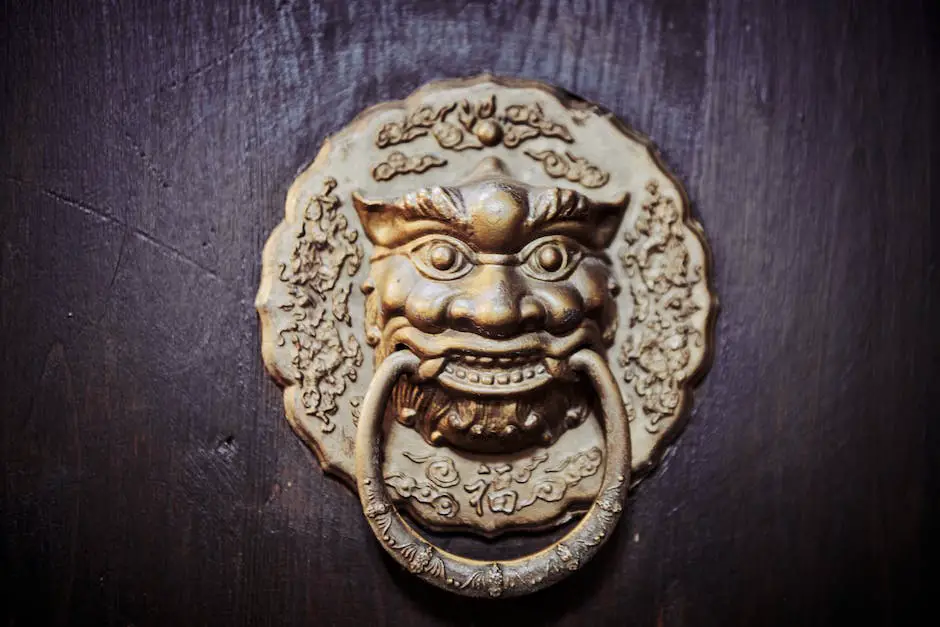
Contemporary Issues in Art Criticism
The Diversity Deficit in Art Criticism
However, a prominent fault line in the field of art criticism today lies in its noticeable dearth of diversity. The lack of variation among the individuals who wield influence in art criticism is a growing concern. Many fear that owing to this deficiency, the range of what is observed, celebrated, and critiqued in the world of art might be limited. Predilection might skew to art that aligns with the sensibilities of a comparably homogenous group of critics, thus potentially sidelining a wealth of art that embodies diverse ethnic, cultural, socio-economic, or gendered perspectives.
Social Media’s Impact on Art Criticism
The rise of social media has significantly altered the landscape of art criticism. On the one hand, it has opened up the field to a larger number of voices. Social media platforms such as Instagram or Twitter allow anyone with an interest in art to share their views, leading to a democratisation of what was once a relatively exclusive domain.
On the other hand, critics have voiced concern that social media encourages superficial engagement with art. The focus shifts towards sharing “likeable” images and gaining followers rather than fostering critical dialogue about works of art. Furthermore, the speed and ease with which one can “like” or “dislike” art on social media can devalue the thoughtful, slow contemplation that critics argue is necessary for truly understanding and appreciating art.
Art in the Digital Age and its Critics
Art has been impacted significantly by digital transformation, with new forms like digital video art, virtual reality experiences and AI-based art coming to the fore. This has sparked a debate on their place in the art world and the ways critics should approach these pieces. Traditional aesthetics and criteria might not apply to these new forms, creating a need for art critics to adapt their skills and frameworks for evaluation to cater for these medium.
The Commercialisation of Art Criticism
There is a growing concern about the commercialisation of art criticism within the media. Critics argue that journalistic outlets favour positive reviews due to relationships with galleries, leading to critical reviews being overlooked or unheard. This perceived bias has provided another point of contention, raising questions about the independence and objectivity of art criticism within media outlets.
The Evolution of Art Criticism in the Modern Era
Art criticism in the digital age is undergoing a transformative phase; the primary drivers of which are technology and the changing nature of the media. On one hand, there is an increasing fascination with artificial intelligence platforms, capable of analysing and critiquing art in a matter of moments. However, there are critics who staunchly believe that no advancement in technology can ever replicate the emotional reaction that art invokes in a human. This dichotomy of views is shaped by varying perspectives on the role of technology in art criticism and continues to fuel debates on its future trajectory.
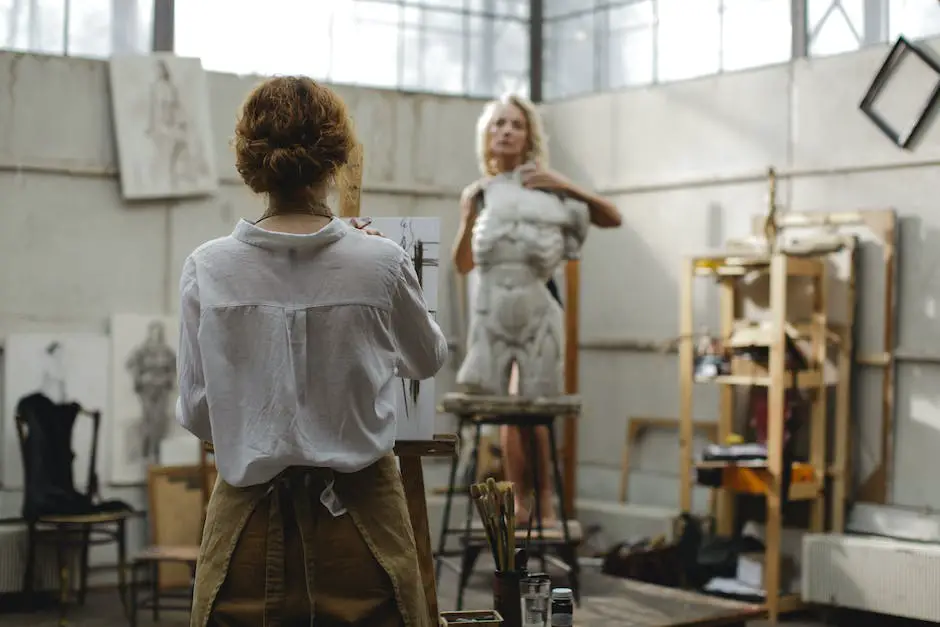
The Future of Art Criticism in Media
The Current Facets of Art Criticism in Digital Media
Today’s art criticism is predominately focused on digital and mixed media art forms. This shift has been driven by the growing prominence of digital platforms for art display and the diminishing use of traditional art galleries. Today’s access to a kaleidoscope of online galleries, virtual exhibitions, and digital displays on social media platforms such as Instagram has shattered barriers and expanded the recognition and appreciation for non-traditional art forms. Consequently, art criticism is evolving swiftly to keep pace, spotlighting technological competence and inventive use of digital resources by artists.
Potential Changes in Art Criticism in Media
The future trajectory of art criticism in media is predicted to experience several changes. Firstly, more importance is likely to be given to public opinion. Currently, established critics and experts dominate the space, but with the widespread usage of social media platforms, everyone can voice their opinions, shifting the dynamics of art criticism. In light of this, we may see the rise of the so-called ‘citizen critic’.
Moreover, diverse representation might play a huge role in the evolution of art criticism. Art from marginalised communities is gaining recognition, which calls for more diversity in critics. The understanding of various cultural nuances and experiences could become key aspects in evaluating art.
Another potential change is the decline of curated art criticism which could lead to more personalised, interactive, and engaging critiques, possibly in more casual language which would be widely appealing.
Role of Technology in Art Criticism in Media
Technological advancements are anticipated to have an immense impact on the future of art criticism in media. Virtual Reality (VR) and Augmented Reality (AR) are expected to become central in experiencing art, thereby swaying the direction of its criticism. Art criticism might have to cater more to understanding the audience’s interaction and experience with the art piece rather than just evaluating the piece itself.
Furthermore, Artificial Intelligence (AI) might have a role in future art criticism. AI has already started producing art, so it might be reasonable to assume AI become capable of art criticism too, using algorithms and machine learning to analyse and review art pieces.
Lastly, technology could enable critics to get a more global perspective, making it easier to compare and contrast artists and their work from around the world. As a result, this could lead to a more globalized or international understanding of art and its critique.
Impact of Social Media on Art Criticism in Media
With the advent of social media, the democratization of art criticism is significantly increasing. Social media platforms have transformed the way art is shared and consumed, enabling everyone to view and critique art, regardless of their location or background. This opens up the discussion of art to a wider, more diverse audience, making art criticism more inclusive and varied.
However, it also poses challenges. The short attention span fostered by social media means that art, and its criticism, needs to be succinct and impactful to grab a viewer’s interest. This might lead to a cut in deep, thoughtful criticism in favour of quick, catchy opinions.
Conclusion
The future of art criticism in media is, undoubtedly, going to be fundamentally affected by the trends and changes in technology and society. As the world becomes more connected and the means to view and create art evolve, so too will the ways we discuss, critique, and understand it.
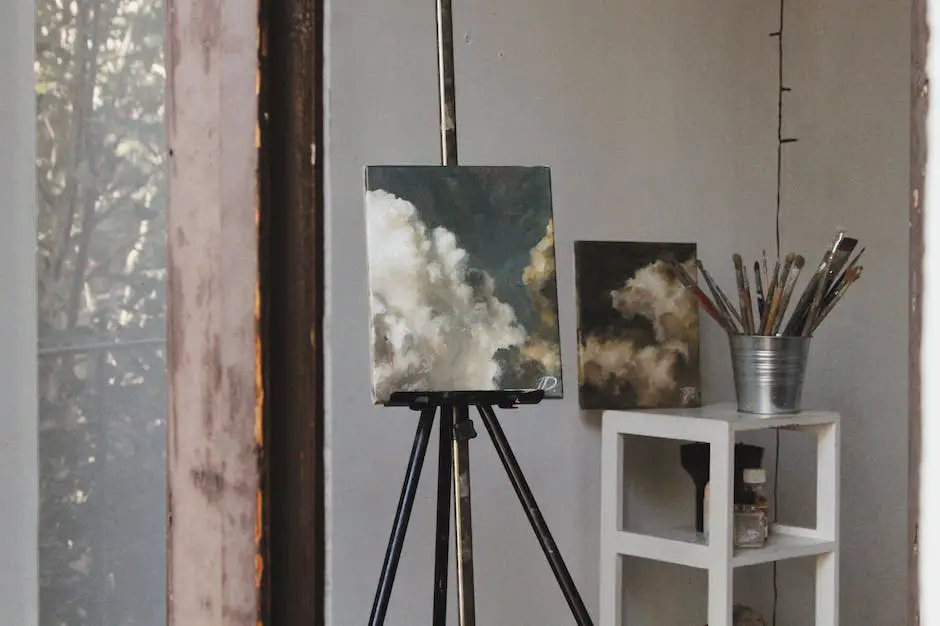
As we venture deeper into the digital age, it is plausible to predict a shift towards an increasingly diversified, inclusive, and technologically driven paradigm within art criticism. This could potentially democratise the field by opening it to a plethora of voices, diversify perspectives and broaden its reach. Critics, if they adapt seamlessly to these changes, could continue to hold sway, tailoring their influence to modern modalities of perception and market mechanics. Yet, the challenges should not be overlooked. Case in point – the potential watering down of in-depth analysis in favour of brief, easily digestible content packaged for social media. The dynamism of the art criticism universe is indisputable; but where it is headed, is a multifaceted narrative shaped by several known and unknown variables. This beautiful mystery might not unfurl all at once; it will be slowly revealed, driving the undying human curiosity for art and understanding.
Recommend0 recommendationsPublished in Art History
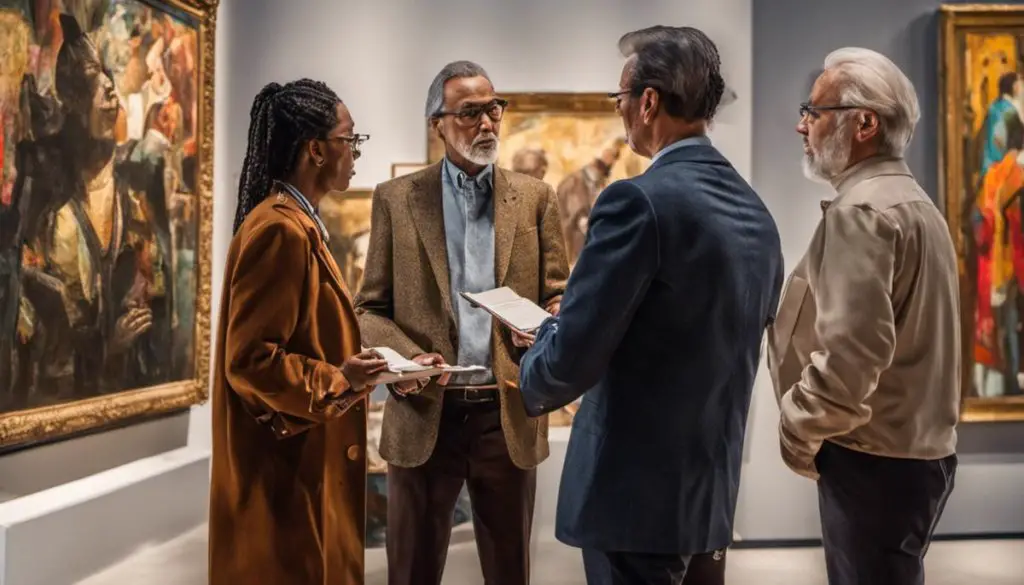

Responses